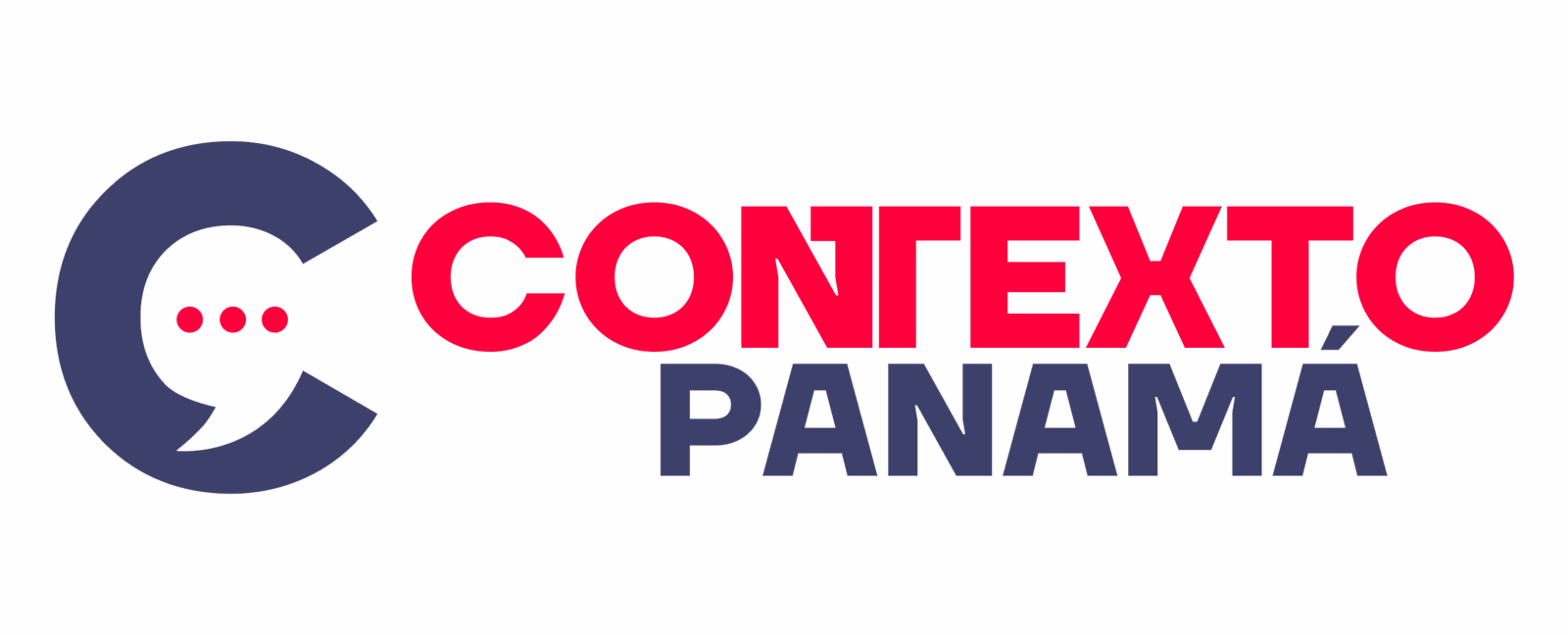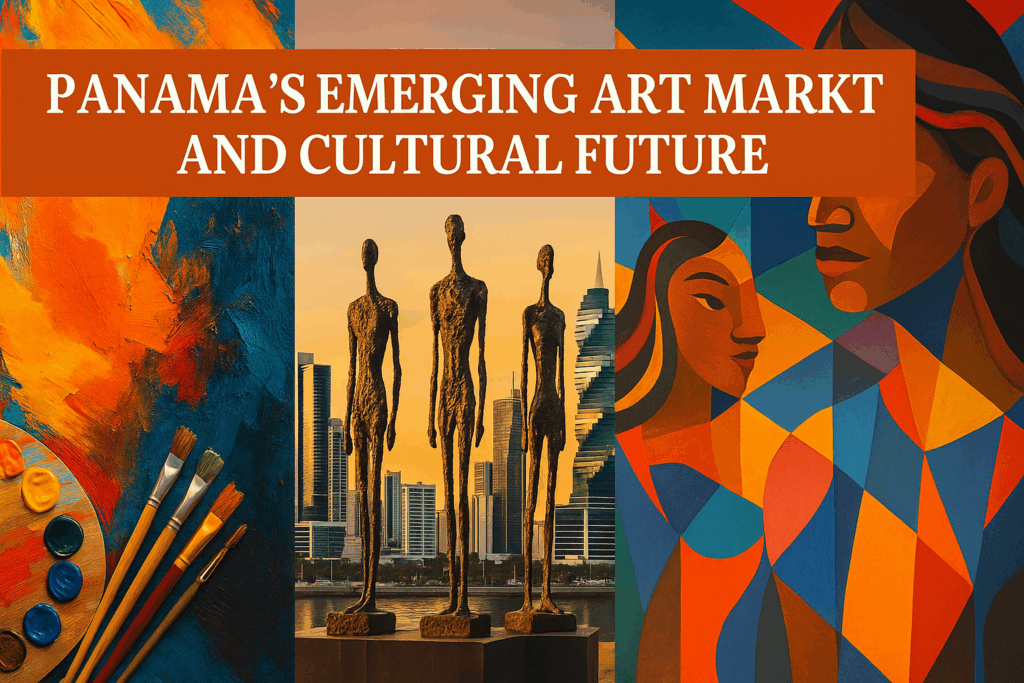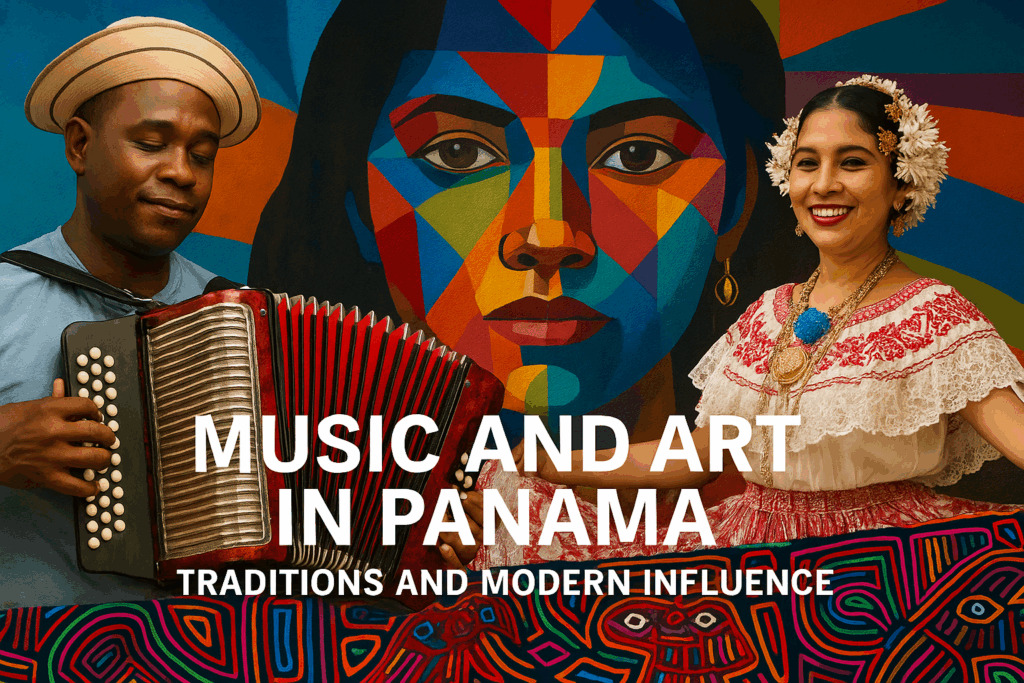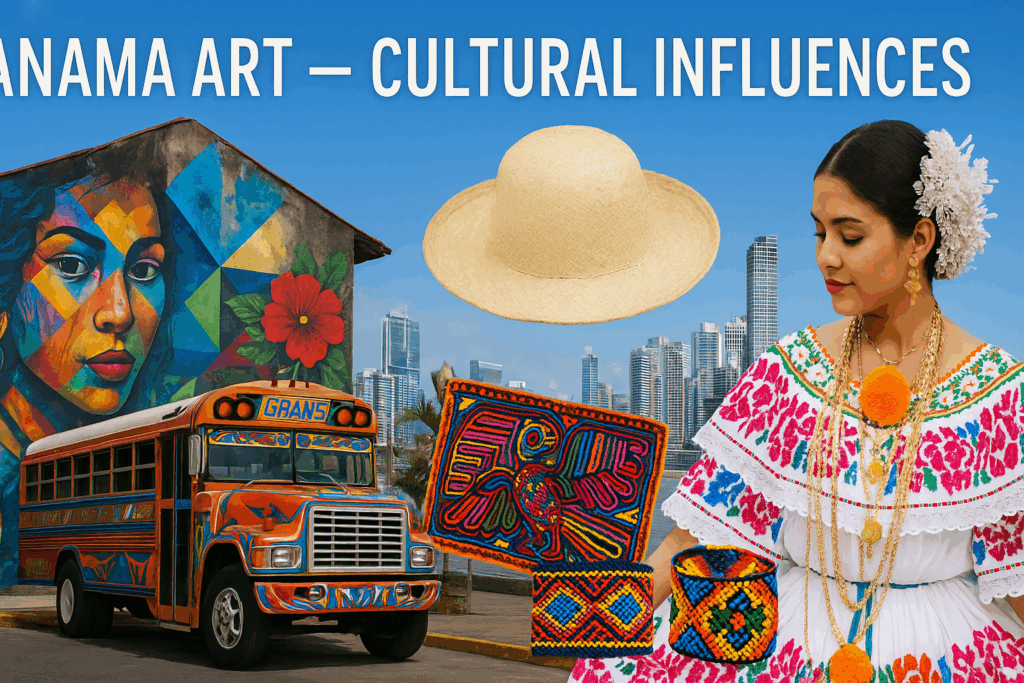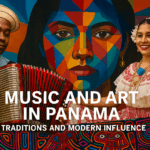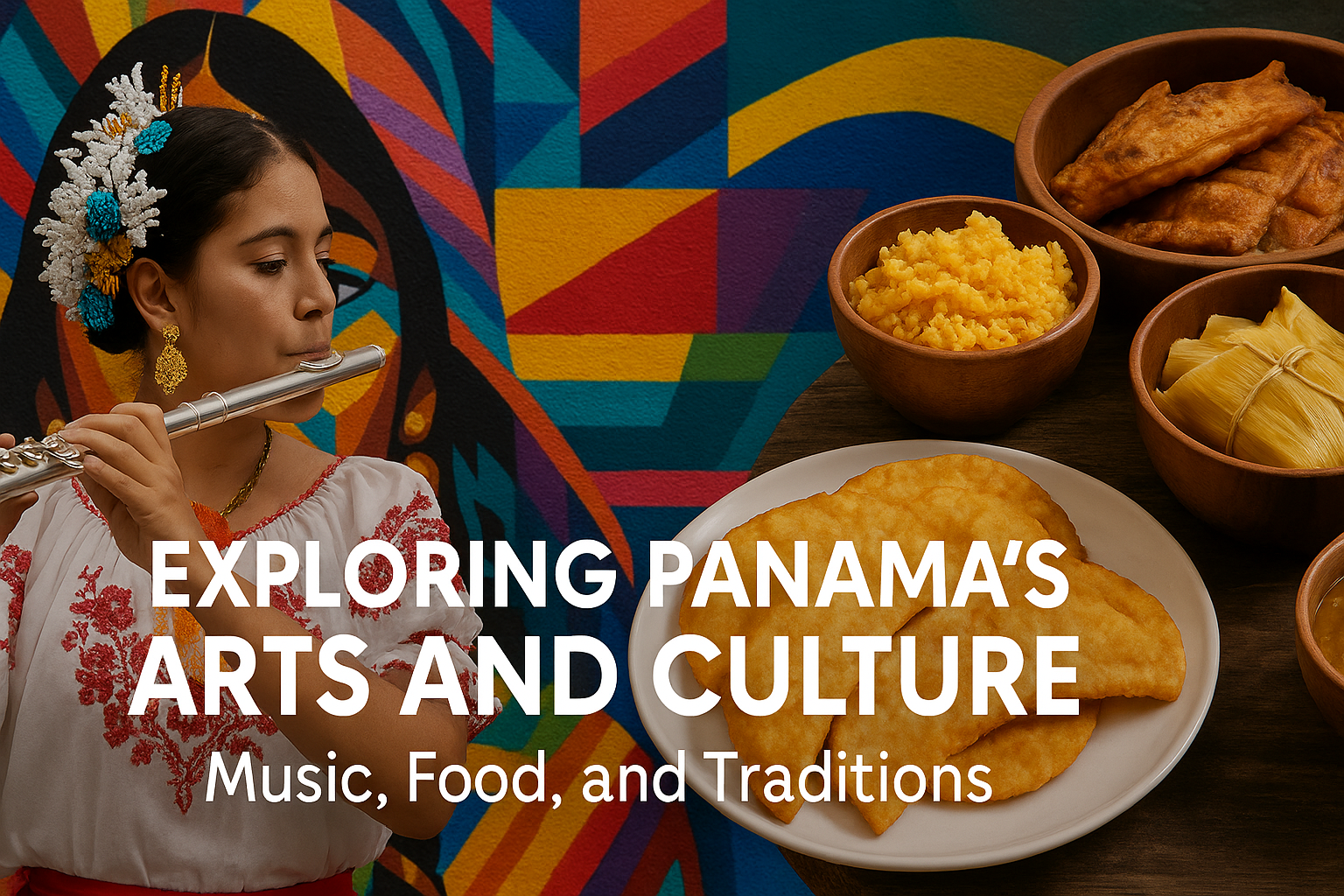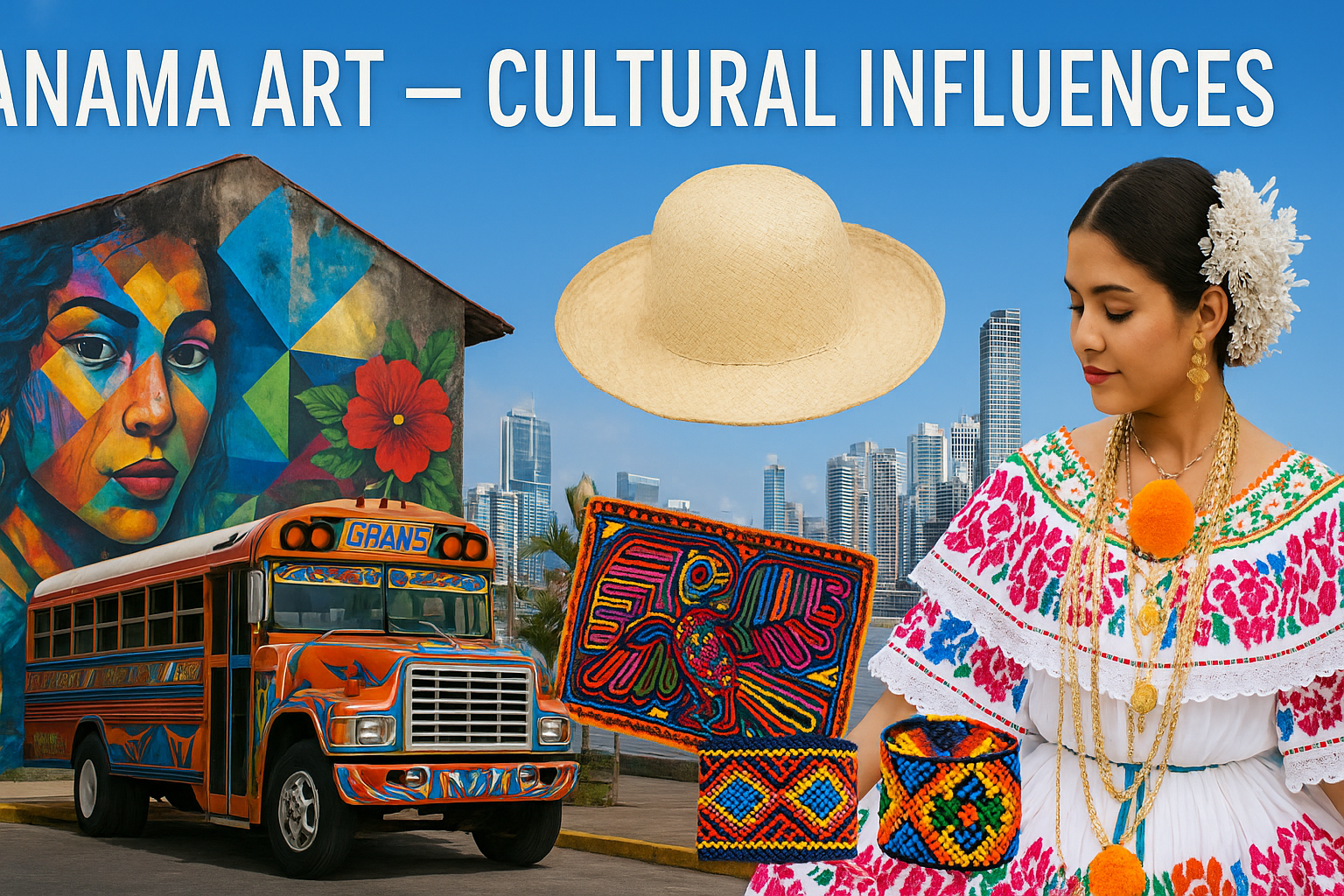Panama’s Emerging Art Market and Cultural Future
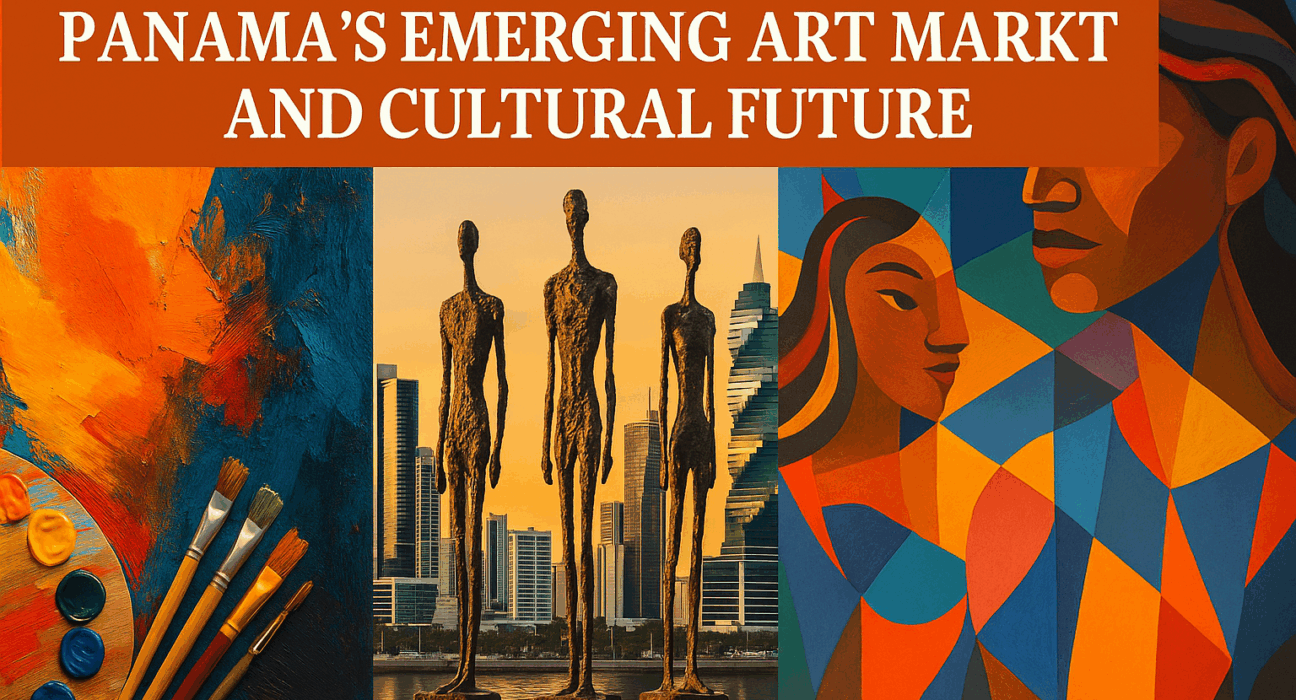
Panama’s Emerging Art Market: Energy Ahead of Infrastructure
Panama today is home to a vibrant artistic community with deep roots—and yet its art market remains in a nascent stage. While the creative energy is undeniable, the systems that support artists, galleries, and collectors are still being built. The coming years could be transformative.
A Blossoming Gallery Ecosystem
Though small in number, Panama’s galleries are punching above their weight. These spaces not only exhibit works but also help professionalize the local art sector:
Arteconsult, founded in 1979, has long been a reference point. After a period of closure, it was revived in 2022 with a focused, internationally minded model.
Galería Habitante bridges generations by showing both established masters and promising newcomers.
NG Art Gallery spotlights Latin American voices, and Marion Art embraces experimental contemporary forms.
Others like DiabloRosso, Tamarindo, and Allegro each bring unique curatorial perspectives—from local talent to regional dialogues.
These galleries are crucial points of visibility in a system still lacking wide institutional support.
Private Patronage and Institutional Backing
In Panama, private institutions and banks often carry the burden of cultural investment in lieu of robust public funding:
The Museo de Arte Contemporáneo de Panamá (MAC) is the nation’s only institution devoted exclusively to contemporary art. Founded in 1962 and transitioned into a museum in 1983, it is sustained by corporate patrons and community contributions.
Major financial players—Banco Nacional de Panamá, Banco General, and Banco Mercantil—have taken active roles in collecting, commissioning exhibits, and underwriting workshops.
Public policy has also started catching up: the creation of a Ministry of Culture in 2019 and the passage of a General Law of Culture in 2020 are steps toward formal support structures.
Even so, the overall public investment is still modest compared to the sector’s potential.
A Milestone Moment: Pinta Panama Art Week
One of the most promising developments is Pinta Panama Art Week, slated for May 2025. More than just an art fair, it aims to connect Panama’s artists, galleries, curators, and the public with global art networks. Its program includes exhibitions, studio visits, panel talks, guided tours, and public activations.
If successful, Pinta could help catalyze more professional practices, stronger institutional ties, and greater visibility for Panama’s art sector.
Challenges That Remain
Panama’s art market faces several structural constraints:
Limited collector base and low levels of commercial buying
Few major art fairs or biennials to anchor market expectations
Infrastructural gaps—logistics, gallery management, arts education
Relying heavily on private patronage, which can fluctuate with economic conditions
Addressing these will require consistent investment, strategic partnerships, and long-term vision.
Looking Forward
Panama is on the edge of a cultural shift. Its strategic position as a regional hub, coupled with growing creative production, sets a promising stage. If art institutions, collectors, and public bodies lean into this moment, the next decade could see Panama evolve from “emerging” to “established” in the Latin American art world.

